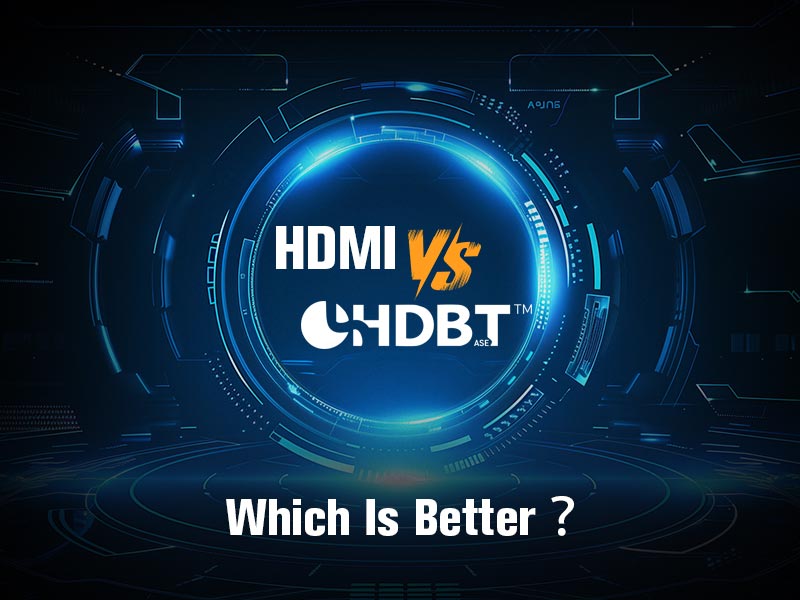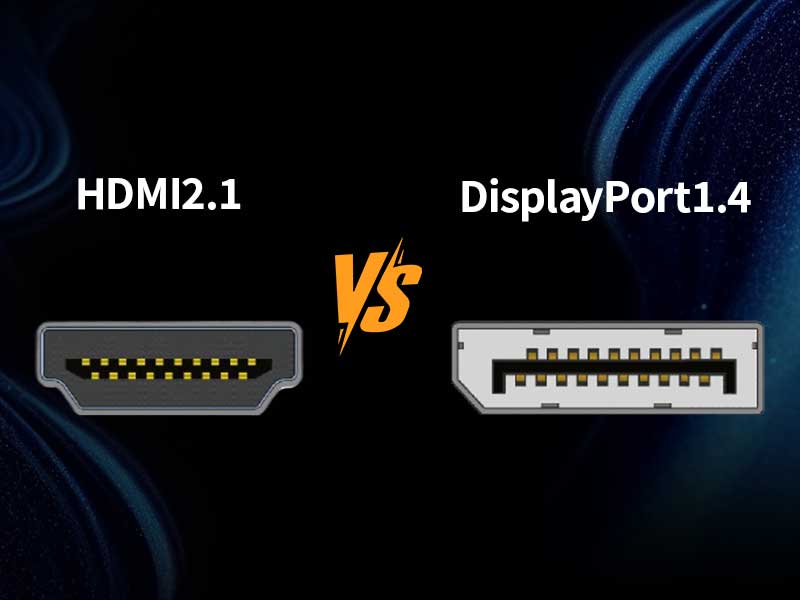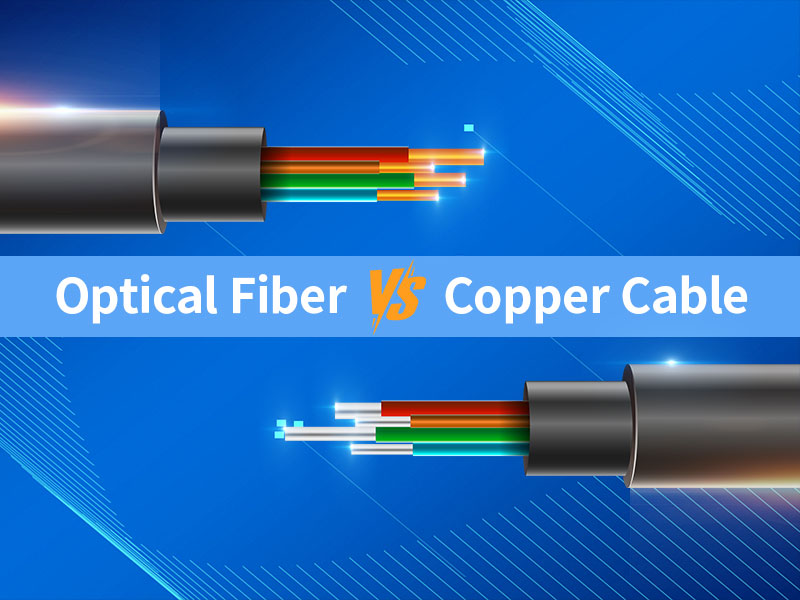Do you know what HDBaseT or HDMI over IP is? They are usually used in extenders to transmit high-quality video and audio. However, somebody may have some questions: Are they different? Which one should I choose? Follow this article to explore the differences between them and learn how to select the better one.
What is HDMI over IP?
HDMI over IP (also known as HDMI over Internet Protocol) is a technology used in extenders to transmit HDMI video and audio signals over a standard IP network (such as Ethernet and the Internet). It can encode the HDMI signals into packets and distribute them through network switches, achieving long-distance, flexible, scalable, and multi-terminal audio and video transmission. It is widely used in digital signage, video walls, and some other scenarios.
What is HDBaseT?
HDBaseT is a technology standard designed for the transmission of video and audio. It allows extenders to transmit uncompressed lossless HDMI signals via a single Ca5e/6 network cable. Meanwhile, Ethernet, control signals, and Power are supported. It has a wide range of applications, such as home theaters, commercial AV, and medical imaging.
HDMI over IP vs. HDBaseT
Video and audio are essential means of conveying information. That is why many people highly value the quality of video and audio. In the following content, I will discuss the key differences between HDMI over IP and HDBaseT in terms of audio and video transmission.
| Key Differentiators | AV over IP | HDBaseT |
| Video Processing | Encoded/Compressed (H.264/H.265/JPEG-XS) | Native Baseband Transmission (Uncompressed) |
| Audio Processing | Embedded in IP Packets | Lossless Passthrough (Supports Dolby Atmos) |
| Quality Impact | Compression Artifacts Possible | Native 4K@60Hz HDR with Zero Quality Loss |
| Latency | 50ms~500ms | <1ms (Almost Real-time) |
| Transmission Distance | Unlimited (Through the Network) | Up to 100m (Network Cable) |
| Convenience | Need IT Support | Plug and Play, Simple maintenance |
| Stability | Low | High |
Compared with HDMI over IP, HDBaseT can maintain the original signals, ensuring higher quality of video and audio. Also, limited by the transmission distance, it can offer a stable transmission with ultra-low latency. Although HDMI over IP can’t transmit high-quality audio and video as HDBaseT can, it can achieve the distribution of audio and video signals. And it can support long-distance transmission.
Which is better for you?
Both HDMI over IP and HDBaseT have outstanding features. Then, which one should you choose? It depends on your requirements. If you require extreme-quality video and audio, HDBaseT is your best choice. But please note that you need to accept a shorter transmission distance. The good news is that you can use fiber optics to solve this limitation. For example, Kinan KFH101s HDMI extender over fiber can achieve a longer transmission distance up to 10km.
In contrast, if you need a longer transmission distance and multi-terminal distribution, HDMI over IP is your first option. At this time, you need to sacrifice high-quality audio and video.
Conclusion
From the above comparison, you can know the key differences between HDBaseT and HDMI over IP in terms of the transmission of video and audio. You can select one of them according to your requirements and application scenarios.
FAQ
Q1: Does higher resolution always mean better picture quality?
A1: NO. HDMI over IP supports higher resolution (8K), but the compression is heavy. HDBaseT can transmit uncompressed video via direct connection. And the video has no quality loss.
Q2: Can HDMI over IP achieve lossless video quality?
A2: Yes. You can achieve that by using near-lossless codecs like JPEG-XS, but the cost is higher.


